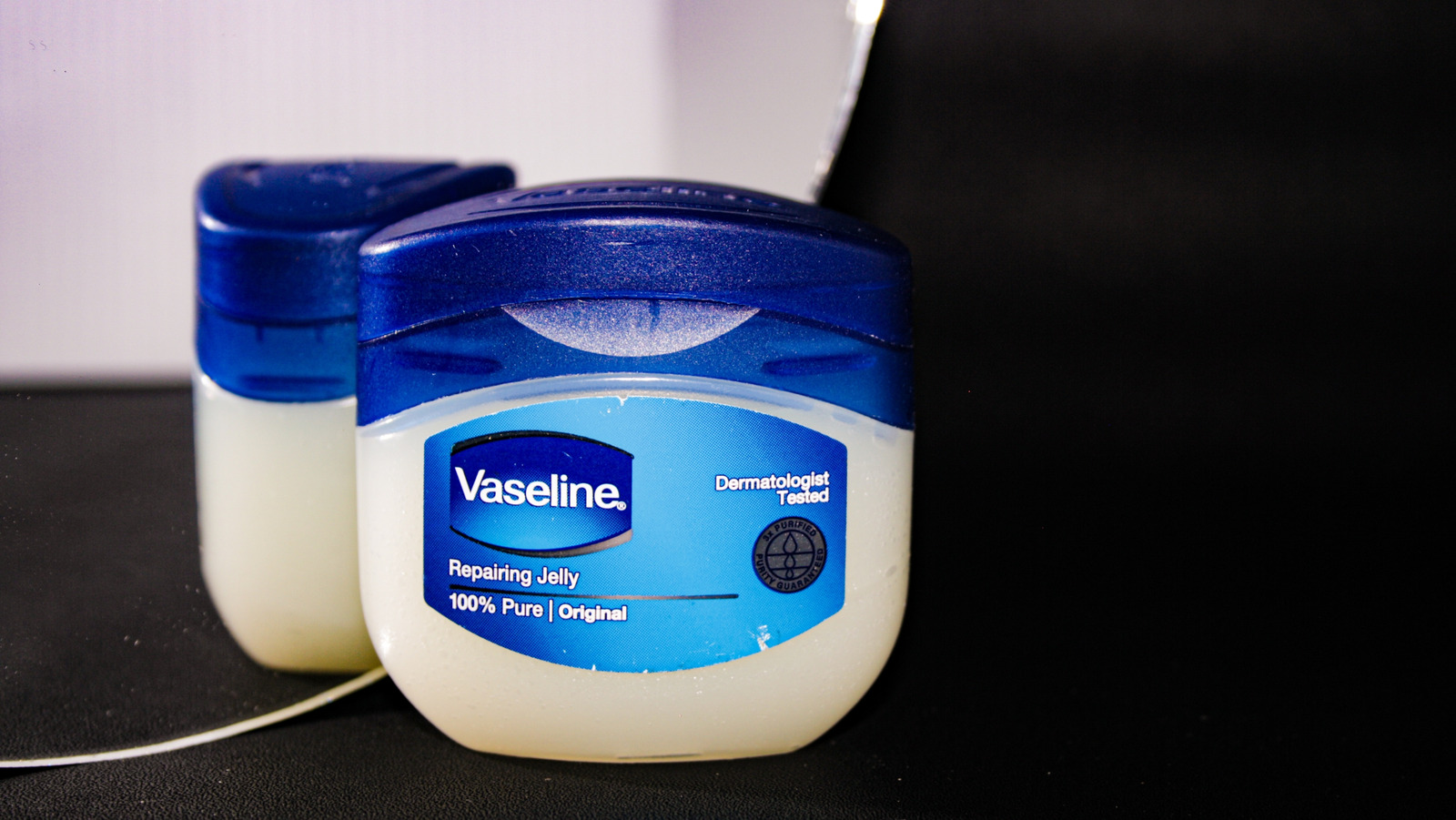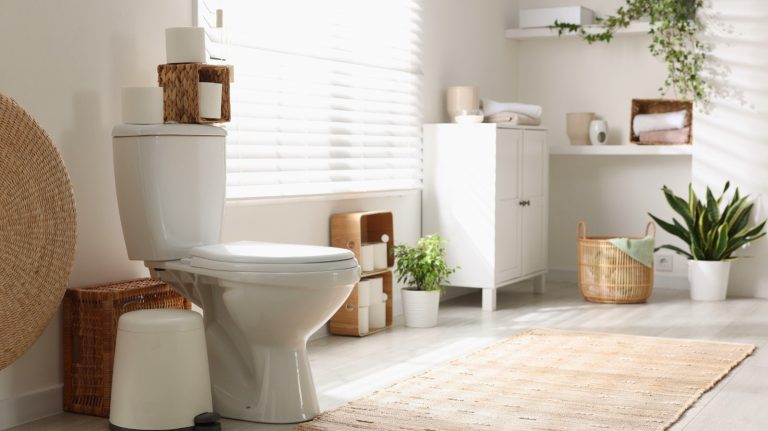
Vaseline has been around since it was first patented in 1872, and even today, it remains one of the most versatile tools available. As you probably already know, Vaseline has numerous healthcare applications, including protecting baby skin from diaper rash, taming eyebrows, highlighting cheekbones, and moisturizing dry skin and lips. What you might not be aware of is that Vaseline can also be used around the house in various helpful ways unrelated to skincare.
Keeping a jar of Vaseline Petroleum Jelly in your cabinet is akin to having a Swiss Army knife for household needs, enabling you to save money by eliminating the need for redundant products. The same ingredients that protect your skin can also safeguard tools from rust. Its lubricating properties make it perfect for dealing with squeaky hinges and stuck zippers, and the potential uses don’t stop there.
Vaseline Keeps Rust Off Tools
Yes, Vaseline can protect your tools and machinery blades from rust. It’s simple to do: just apply a thin layer onto the metal and wipe it off before use to prevent machinery from gumming up or tools slipping from your hands. The mineral oil in Vaseline lubricates the blades, allowing them to function more smoothly, while the paraffin wax creates a coating that remains even after wiping off the blade. Just like it does for your skin, this barrier will protect your tools from the elements.
Vaseline Can Eliminate Squeaky Door Handles
WD-40 is the usual go-to for squeaky metal, but if you’re out or want to try an alternative, use Vaseline on door hinges to silence squeaks. Apply a thin layer to the outside of the hinge or remove the hinge pins and dip them in the Vaseline. Wipe off any excess and reapply as needed. Not only will Vaseline stop door hinges from squeaking, but it will also protect them from rust. It can also help unstick a stuck door and works on squeaky cabinets, windows, and sliding door tracks as well.
Unstick Zippers with a Vaseline Treatment
Have a stuck zipper on a jacket, suitcase, or pillow cover? Use Vaseline on both the top and underside of the zipper’s teeth. This will lubricate the area and quickly restore functionality. You don’t need to wait until your zipper is stuck to lubricate it; regular lubrication can prevent sticking and keep metal zippers from rusting.
Repair Scratches on Wood Furniture with Vaseline
While Vaseline can’t exactly fix wood scratches, it can fill minor scratches, improving their appearance and making them less noticeable. To do this, apply a thin layer over the scratch and leave it overnight. Wipe away the Vaseline, then buff and polish the surface using the remaining jelly. This method can also help remove water rings and other stains. Similar to beeswax, Vaseline can restore the appearance of wood furniture and create a protective seal against future scratches and stains.
Remove Sticky Residue with Vaseline
Out of Goo Gone? Use Vaseline to remove adhesive residue from glass. Apply a bit of the jelly to the stubborn remains of stickers or price tags, leave for several minutes, then easily wipe the residue away. Vaseline can also allegedly remove adhesive residue on metal and plastic and is safe and effective for removing adhesive from skin, whether applied by a doctor or a sticker-happy toddler.
Use Vaseline to Deter Squirrels from Bird Feeders
If squirrels are invading your bird feeders, try using Vaseline. Apply it liberally to the base of your bird feeders and watch as the little thieves struggle to get a grip. Reapply Vaseline after it rains or as needed. The slippery surface acts as an excellent squirrel deterrent, and the Vaseline won’t harm the squirrels or other backyard creatures. As a bonus, it will protect your bird feeder pole from the elements and extend its lifespan.
Distress Furniture with Vaseline
Paint won’t adhere to Vaseline, making it the perfect product for distressing furniture. Before painting, apply Vaseline in small patches to areas of your furniture that would naturally be distressed, such as corners, edges, and legs. Paint your furniture, allow it to dry slightly (but not completely), then use a damp cloth to wipe the areas with Vaseline. The paint will come right off.
Keep Paint Off Surfaces with Vaseline
Among the many genius paint hacks out there, would you believe there’s another one using Vaseline? If you’re out of painter’s tape, use Vaseline around door hinges, window glass, and other areas as an oily replacement. Since paint won’t adhere to Vaseline, any paint splatter can be easily wiped away. Once you’ve finished painting, simply wipe the Vaseline off your now-unpainted surfaces.






